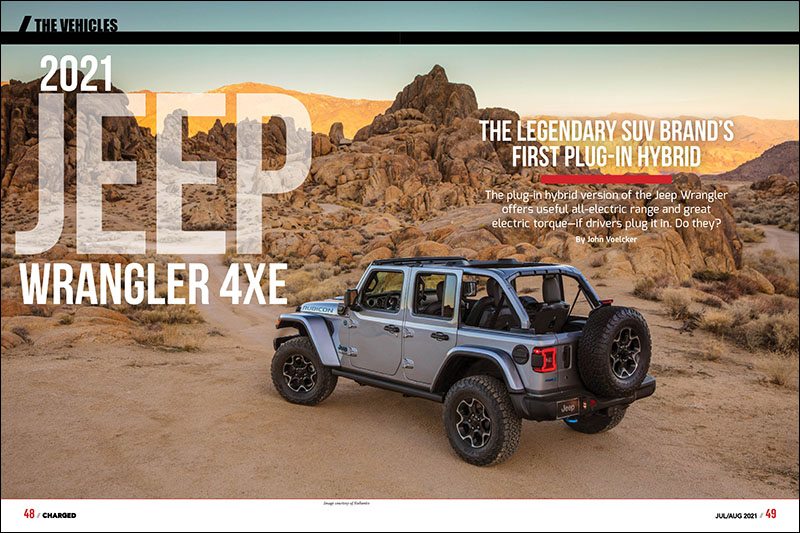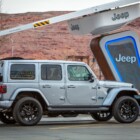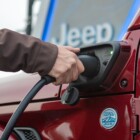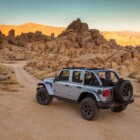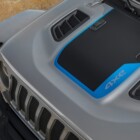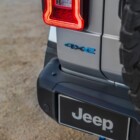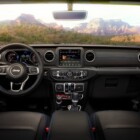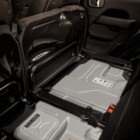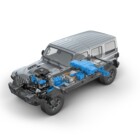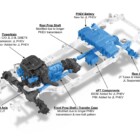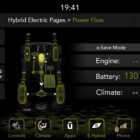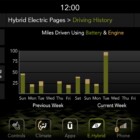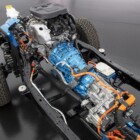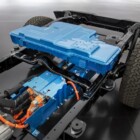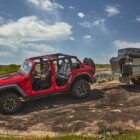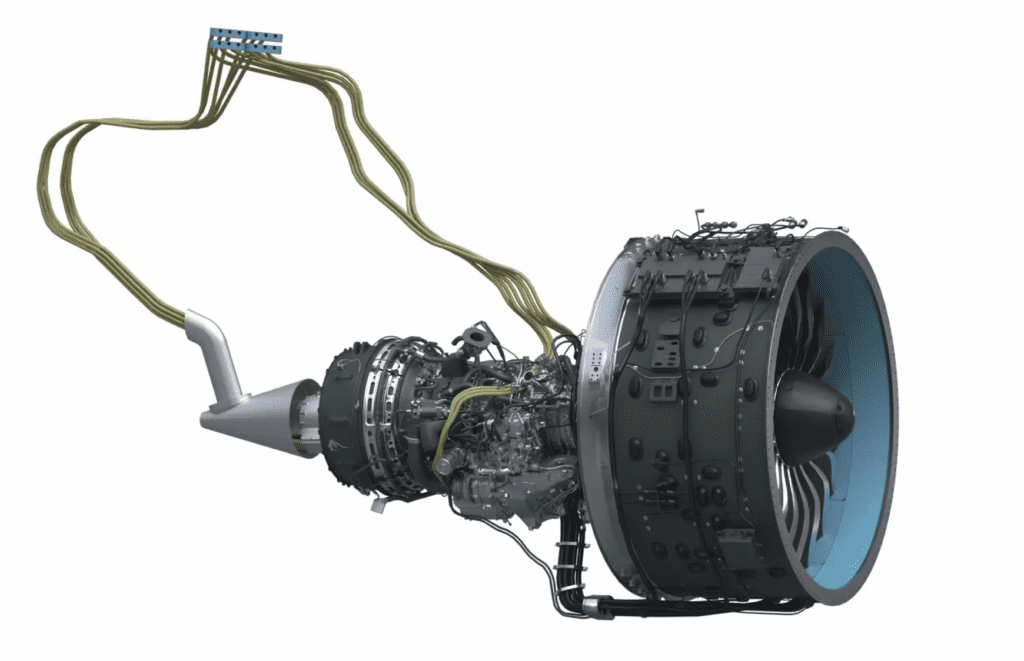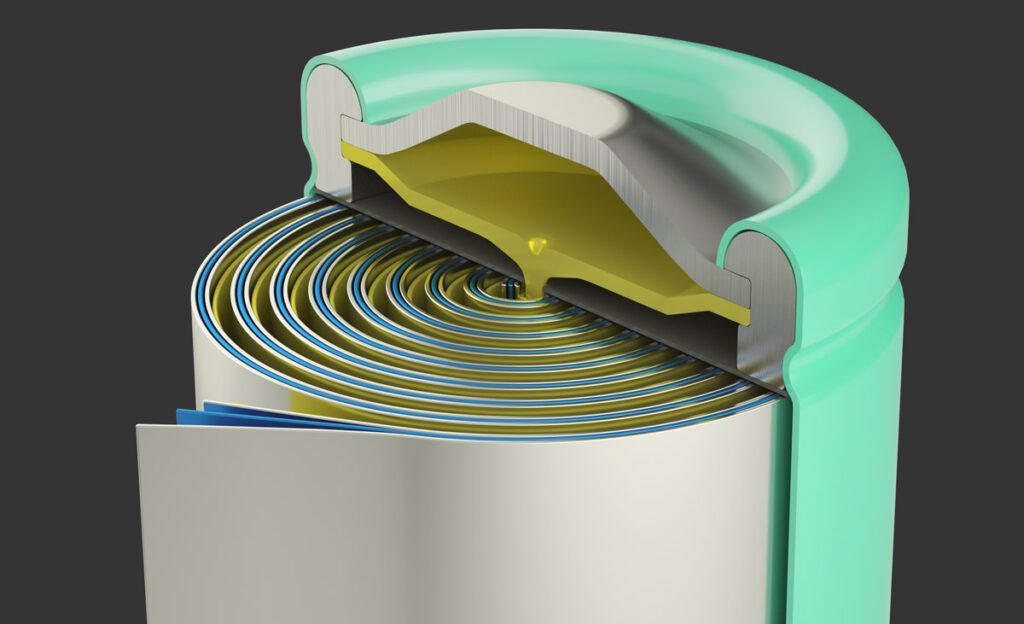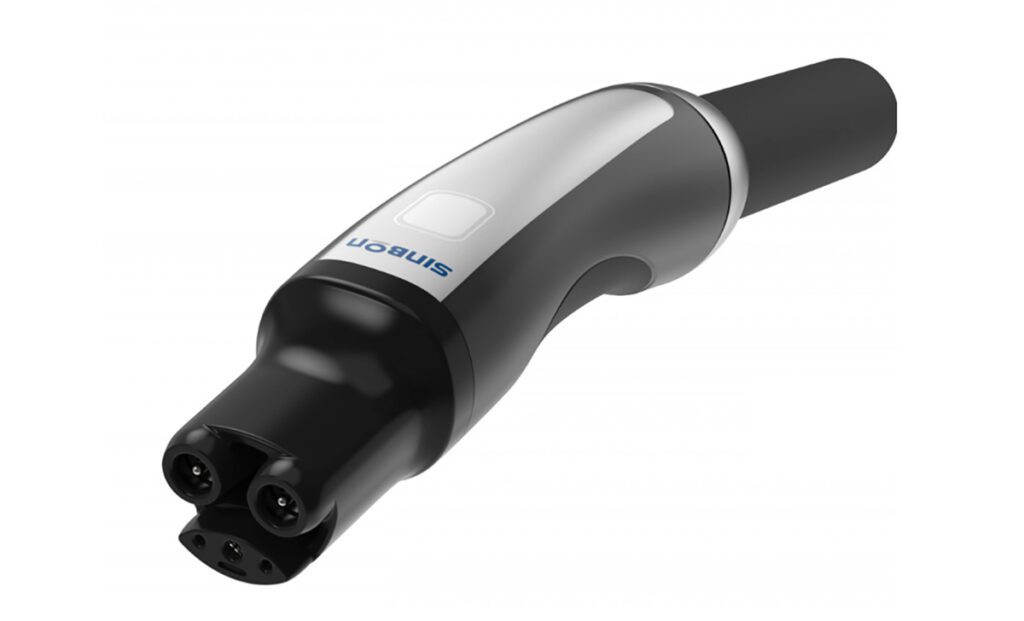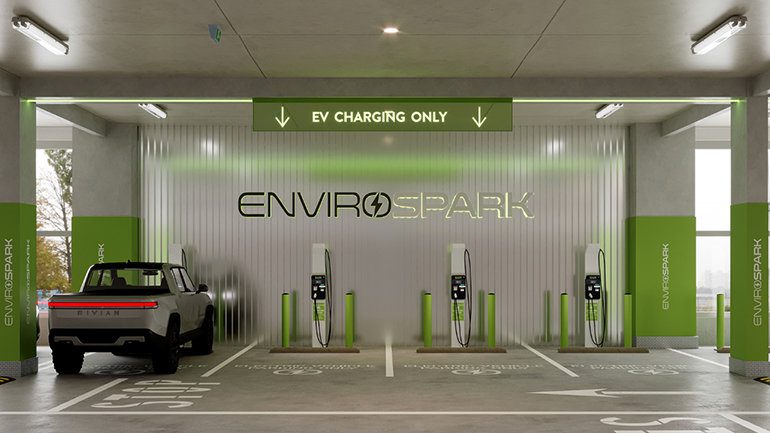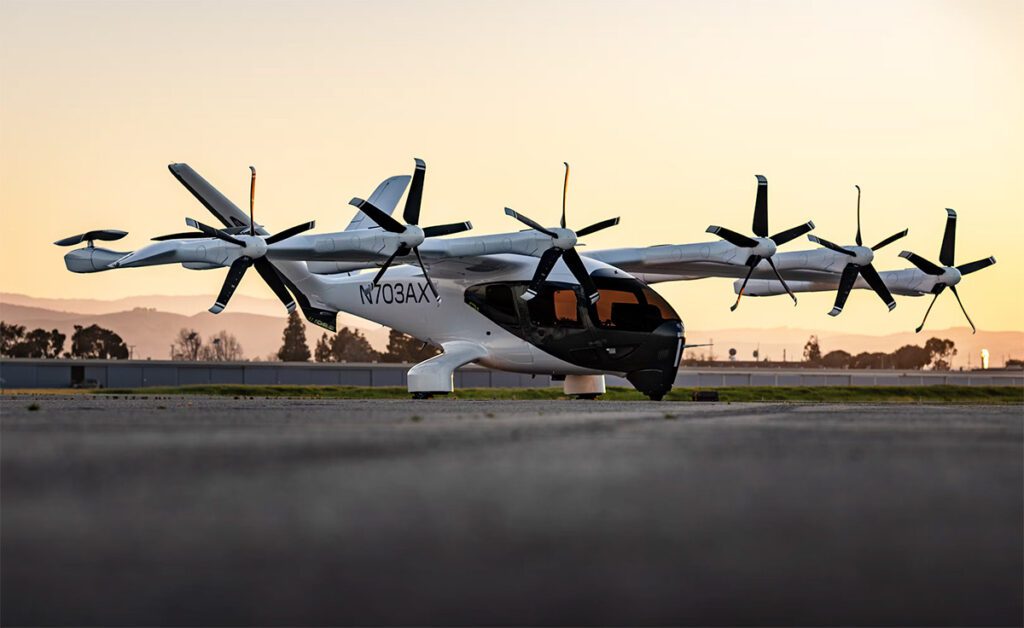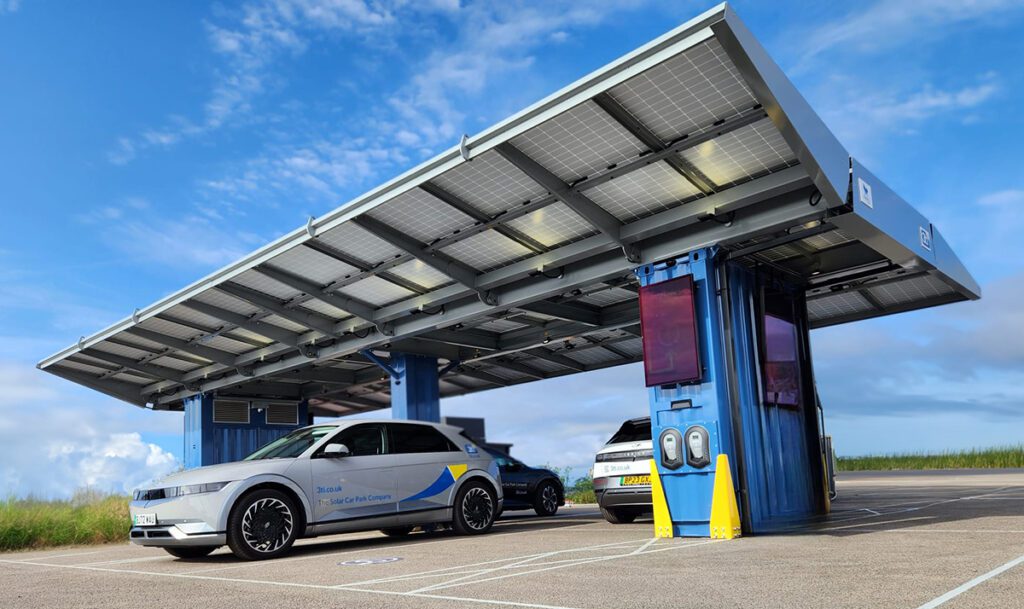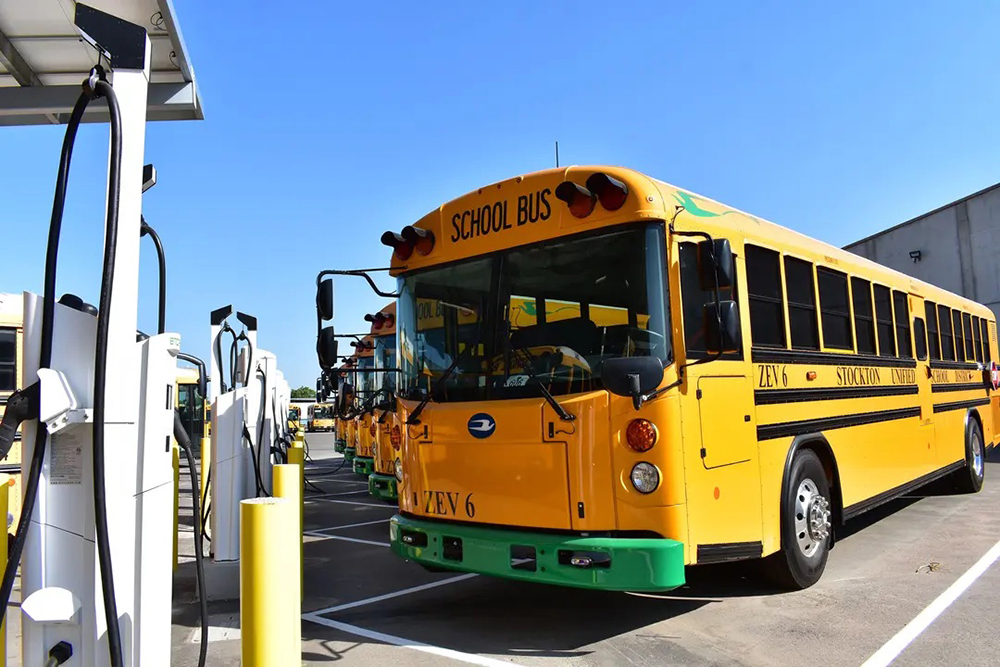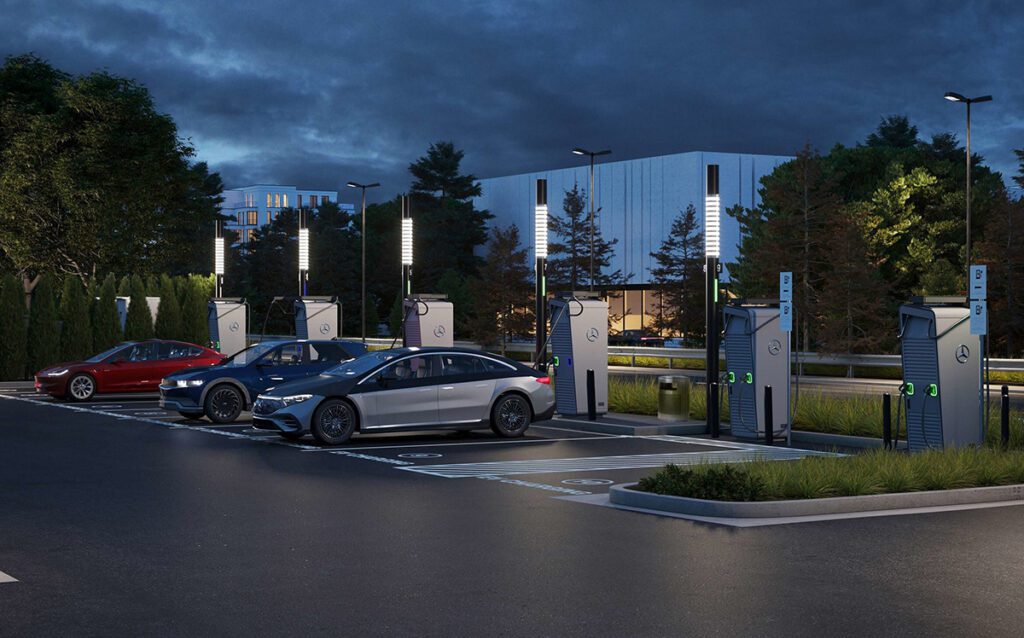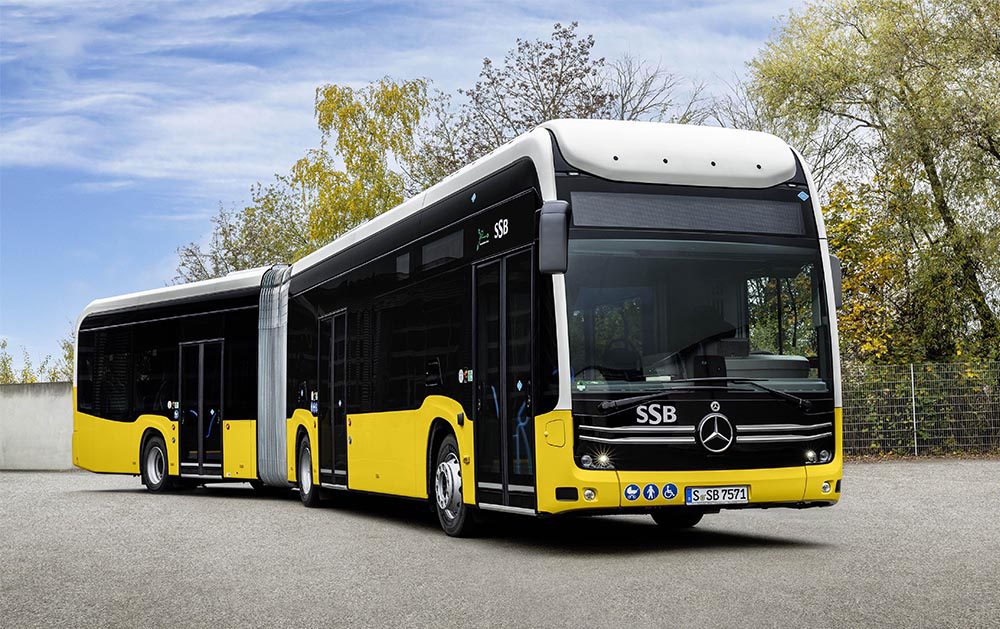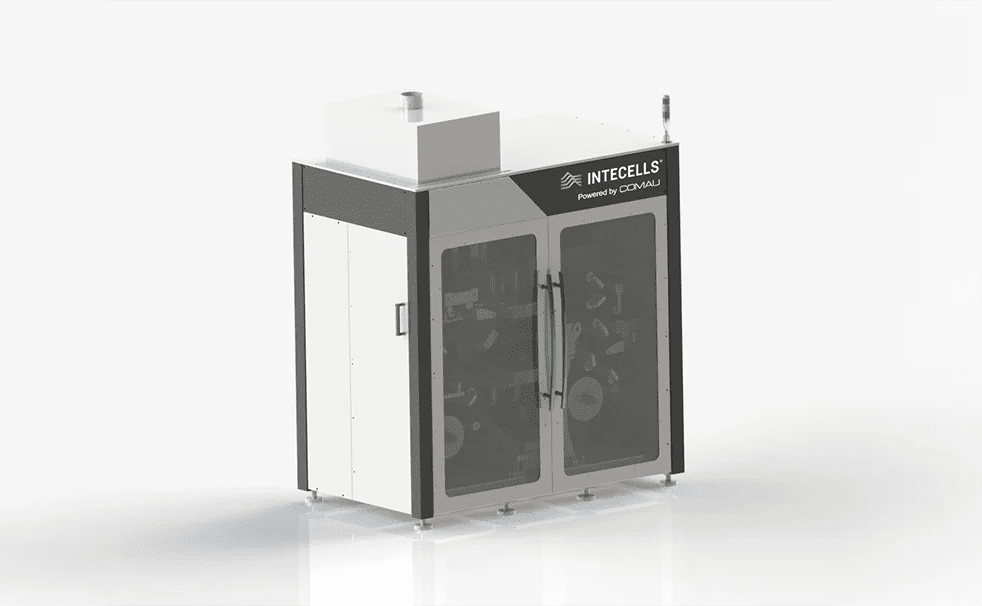The plug-in hybrid version of the Jeep Wrangler offers useful all-electric range and great electric torque—if drivers plug it in. Do they?
The accelerating pace of electric vehicle launches has brought us to this: The first Jeep in the US to get a plug-in hybrid version is the legendary Wrangler. In Europe, it was smaller Jeeps—the subcompact Renegade and compact Compass family SUV—that got their plugs first. But for North America, it’s the big dog, the quintessential Jeep 4×4.
The Wrangler 4xe (pronounced “four-by-e”) will become Jeep’s third plug-in hybrid for Europe, where far more stringent emission rules encourage plug-in cars of all types. On both sides of the Atlantic, the 4xe will be followed by plug-in versions of every other Jeep by 2025, parent company Stellantis announced during a July press briefing. That event was meant to show that the new company, a combination of the old Fiat Chrysler Automobiles with Europe’s Peugeot Citroën, had the plans to electrify its model line that FCA conspicuously lacked.
We tested the 2021 Jeep Wrangler 4xe in late May, and found that it largely lived up to both the Wrangler legend and the promise of a plug-in hybrid. That’s not surprising—the Chrysler Pacifica Hybrid, the company’s only previous plug-in hybrid, is a well-executed PHEV with an EPA-rated 32 miles of usable electric range that retains all the virtues of the Pacifica minivan.
The two couldn’t be more different. One’s the best of the dwindling segment of 7- and 8-seat vehicles that aren’t hulking SUVs. The other is the SUV that started it all, an iconic vehicle known the world over for ruggedness and go-anywhere capability. The very first Jeep, in fact, hit World War II battlefields almost 80 years ago now.
Plug-in planned from Day One
Its modern-day descendant, the Jeep Wrangler, is redesigned about once per decade. It was all-new for the 2018 model year, and was engineered from the start to accommodate 2021’s PHEV version. The plug-in powertrain is offered only in the four-door Wrangler Unlimited model, not the shorter two-door Wrangler. The 4xe’s 17.3 kWh battery pack sits under the rear seat.
The Jeep’s electric motor is rated at 100 kilowatts (134 horsepower) and 181 foot-pounds of torque. It’s sandwiched between a 2.0-liter turbocharged 4-cylinder engine (rated at 270 hp and 295 lb-ft of torque) and the 8-speed automatic transmission. The combination is connected to a transfer case that distributes power mechanically to all four wheels. The e-motor also provides regenerative braking to recharge the battery, and there’s an integrated 33 kW (44 hp) starter-generator as well. Total output is quoted at 375 hp and 470 lb-ft, which is exceeded only by the Wrangler version with a massive 392-cubic-inch V8.
The charging port sits high up on the cowl, between the back of the hood and the front edge of the driver’s door. It’s covered by a latched black plastic cover, but that and some graphics are the only exterior signs that this Jeep differs from any other version in the current lineup. Inside, a row of three buttons lets users select among Hybrid (the default), Electric (when the battery is charged), and e-Save (to hold battery charge for later use) modes. The e-Save button also toggles to invoke Battery Charge, which recharges the pack using engine power.
Over five days, we put 276 miles on our test Wrangler 4xe. We plugged it in five times, and despite an overall route that skewed more to long-distance highway travel than around-town errands, we managed to do 138 miles on grid electricity alone. A full charge using the Level 1 charging cord took just under 17 hours, while Level 2 charging took about two and a half hours.
Default: hybrid, not EV
The plug-in hybrid Jeep Wrangler isn’t like the Chevy Volt or Toyota Prius Prime: It doesn’t run first as an electric vehicle when the battery is fully charged, adding engine power only after the battery depletes. Instead, Hybrid is the default mode. To get it to run as an EV, you have to push the Electric switch—every time you turn the key. Floor the accelerator in an emergency, of course, and it kicks on the engine to provide maximum power.
To get it to run as an EV, you have to push the Electric switch—every time you turn the key.
In part, that’s because this is a remarkably heavy vehicle for a 100 kW motor to move. It produces decent torque (181 lb-ft), but drivers will learn the limits of its e-acceleration if they try to stay electric-only. An extra 500 pounds over the plugless 2.0-liter model’s 4,500 lbs, however, gives the 4xe the best ride of any Wrangler Unlimited.
The EPA rates the 4xe at 22 miles of electric range and an unimpressive 20 mpg operating as a hybrid. Several reviewers have noted that the plug-in Wrangler produces just half the electric range of the Toyota RAV4 Prime from a similar-sized battery. But Wrangler buyers aren’t looking for a family compact crossover, and RAV4 shoppers are hardly likely to want a truck with two solid axles.
The EPA rates the 4xe at 22 miles of electric range and an unimpressive 20 mpg operating as a hybrid.
In Electric mode, we found the Wrangler 4xe delivered 20 to 25 miles of electric range in mixed usage. The range was lower at highway speeds, of course, but around town, it wasn’t hard to keep the car in Electric mode by avoiding hard acceleration. The power meter topped out at 25% of the scale under electric-only propulsion, and the highest power delivery we saw was 80 kW. We’re always a little startled when an EV’s transmission shifts gears, and there was plenty of that in the hybrid Wrangler.
Drivers hoping for one-pedal driving will be disappointed. A Max Regen button increases the regenerative braking, but it won’t take the Jeep all the way to a stop. Instead, the driver has to brake at about 4 mph to bring the car to a complete stop.
Powertrain aside, the 4xe is otherwise the very popular Jeep Wrangler. It’s less noisy than previous generations, and with the soft top up, it’s possible to talk in normal voices even at highway speeds. One of very few new vehicles sold with two solid axles, it wanders continuously on the highway—although somewhat less so than lighter Wranglers that have higher centers of gravity. We didn’t do any extreme off-roading, but past excursions in Wranglers suggest that its rough-terrain capabilities will be matched by very few other vehicles.
One unexpected benefit: occasional waves and acknowledgements from other Wrangler drivers. The Wrangler may be selling in higher volumes (and at higher prices) than ever, but the mystique remains strong.
Do drivers plug it in?
Compared to battery-electric cars, plug-in hybrids face two challenges. First is that many car shoppers don’t understand how they work—and dealership salespeople may not be any better at explaining their benefits.
Second, and more crucial from a policy perspective, is that to justify the subsidies and tax incentives lavished on plug-in hybrids as a way to reduce vehicular emissions of carbon dioxide, they have to be plugged in. Plug-in hybrids that never connect to the grid might as well not have a plug at all.
Chrysler’s two Detroit competitors have been fairly forthcoming about the charging behavior of drivers of their plug-in hybrids. As early as 2012, Chevrolet frequently trumpeted the statistic that two-thirds of total miles covered by Chevy Volts were done on grid power. Similarly, Ford claimed about half the miles covered by its C-Max and Fusion Energi PHEVs were on grid power or electricity regenerated in hybrid mode.
Did they plug in daily? Once or twice a week? Or did the plug go largely unused?
We reached out to Jeep to ask what kind of charging behavior it had seen among early Wrangler 4xe owners. Did they plug in daily? Once or twice a week? Or did the plug go largely unused?
Anecdotal evidence exists for both extremes. Lawyer Martin Hewitt, of Fayetteville, New York, bought a 4xe in late June 2021, his second Wrangler within five years. Within three weeks, he had put 1,480 miles on it. He plugs in daily, and despite a long road trip largely on gasoline, he proudly notes he’s covered 25 percent of those miles on grid electricity.
Of 80 owners who responded to a survey in a Facebook group for 4xe owners—hardly a scientific sample, of course—59 (71 percent) said they plugged it in “every chance I can, day or night, every day” and another 14 (18 percent) said they charged “overnight, every night.”
Jeep forums are mixed. One “Jeep guy” wrote, “I didn’t buy the 4xe because it was a hybrid. I bought it for the 475 lb-ft of torque and 375 hp.” But, he noted, he plugged in at the Moab trailhead, taking two hours to recharge, then did the Hells Revenge trail “in All Electric in 4L, and it performed better than any of my other Jeeps. It just flawlessly dominated a 8-10 level trail. No gas or brake…it crawled on its own and regen brake going down. In silence, I ‘mapped the earth’ [and heard nothing] but rocks crunching, birds chirping, rivers running…”
On the other hand, one early 4xe owner on a Jeep forum—in response to a question about charging behavior—said he’d never plugged it in and had no intention of doing so. He bought the 4xe, he said, because it was more powerful than the rest of the range, and with the federal income-tax credit, it hadn’t cost him any more.
Auto journalist Adam Tonge noted that his neighbors had purchased a 4xe purely for its low lease cost and because they liked the color—and had no idea it plugged in. Analyst Ed Niedermeyer responded that plug-in hybrids have the advantage that “you can buy one by accident and start using it with no real difference in user experience.”
Data: no dice. Sales: high.
Unfortunately, despite several requests, Jeep flatly declined to provide us any data on the charging patterns of 4xe owners.
That’s regrettable, because it suggests that the company knows many Wrangler buyers choose the 4xe for its attractive post-incentive cost or its relatively high performance—and don’t, in fact, plug it in at all.
In July, Jeep claimed the Wrangler 4xe was the best-selling plug-in hybrid in the US for the second quarter of 2021. That likely translates to about 12,000 PHEVs sold in three months.
In July, Jeep claimed the Wrangler 4xe was the best-selling plug-in hybrid in the US for the second quarter of 2021 (April through June). That likely translates to about 12,000 PHEVs sold in three months.
Much of that may have been due to very attractive pricing offered by Stellantis. How about a lease cost of $265 per month, with $3,940 due at signing? That includes the $7,500 federal income-tax credit, and lessees may benefit from various state, local, and corporate incentives on top of that. That monthly cost is fully $80 lower than the next cheapest Wrangler lease deal—for a version that costs $20,000 less.
Yet this is a Jeep that Motor Trend calls “a niche Wrangler in search of the right owner, ideally a Jeep fan with a nagging jealousy of the neighbor’s Tesla but who isn’t ready to go fully electric.” The auto enthusiast magazine went on to note, “Access to a charger and a commitment to plug in at night, juicing the heavy battery for local use the next day, are musts.”
So how many of those 12,000 owners plug in their 4xe Jeeps? The company apparently does not intend to share that data.
$54k MSRP
Our test vehicle, a 2021 Jeep Wrangler Unlimited Sahara 4xe, carried a base sticker price of $47,495—now raised to $51,025. The Firecracker Red Clear-Coat paint added $495, a Cold-Weather Group of heated front seats and remote starting added $995, and a Safety Group and Advanced Safety Group together added another $1,790. Between them, features included forward collision warning, adaptive cruise control usable down to 0 mph, advanced brake assist, automatic high beams and rear parking sensors.
On top of that were remote keyless entry ($645), a black Sunrider soft top ($595), a storage bag for the soft top window ($75), and a package combining cargo rails and a cargo-floor mat ($195). Adding in the mandatory destination fee—a whopping $1,495—the total bottom-line recommended price was $54,030. (It would likely be $3,500 pricier now.)
Five years ago, plug-in hybrid Jeeps seemed like a pretty radical idea all by themselves. But now Jeep will be going further. This spring it unveiled the Jeep Magneto Concept, an all-electric two-door Wrangler with 70 kWh of batteries split among four packs distributed through the frame. It has a single 212 kW (285 hp) electric motor that powers the usual transfer case and mechanical 4-wheel drive. That power and its 273 lb-ft of torque, Jeep said, intentionally duplicates the specs of the standard 3.6-liter V6 engine fitted to today’s Wranglers. That will let current owners assess the different driving and rock-climbing capabilities of the electric Jeep concept.
Stepping stone to all-electric
The Magneto was shown off and cliniced at the annual Moab Easter Jeep Safari, an off-road event and gathering of the 4×4 faithful. The company said it will reappear there in 2022 and 2023, presumably with modifications based on the intervening year of consumer feedback and road testing. Production seems likely for the 2024 or 2025 model year.
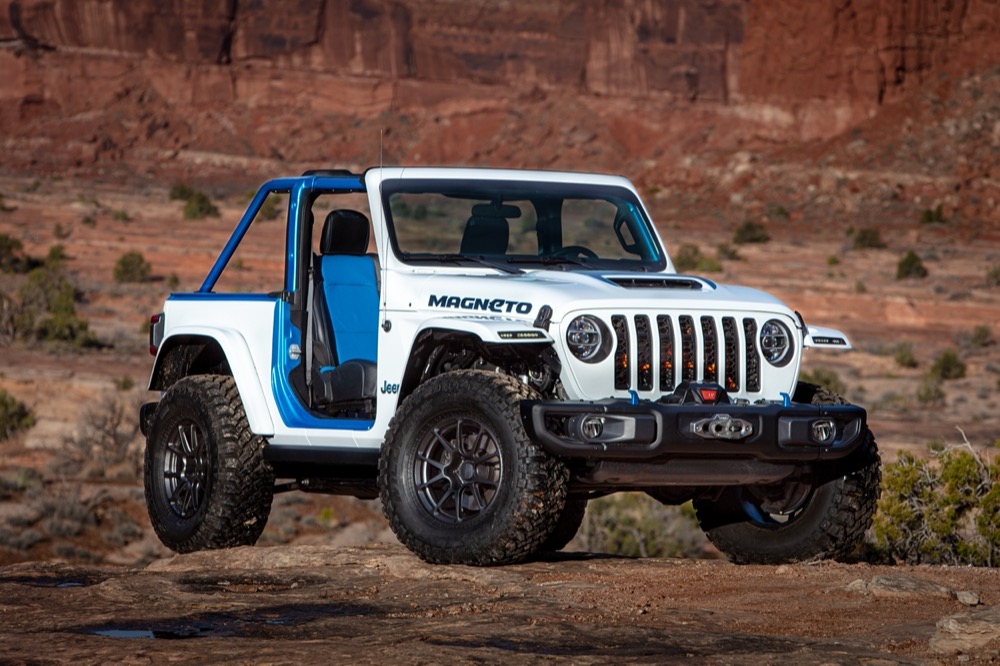
In some ways, electric power is perfectly suited to the extreme situations Jeeps are designed to handle: careful application of torque at very low speeds to climb steep hills, traverse rocky fields, and get out of deep mud or sand.
With maximum torque from 0 rpm, electric motors dispense with the need to match the narrow power band of an internal combustion engine to the desired speed using multiple gears and reductions, especially at a slow crawl.
The Wrangler 4xe is a first taste of electrification for the storied Jeep brand. And it may achieve the emission-reduction goals of the regulators who endow it with a $7,500 federal income-tax credit—but only if it’s plugged in. We have yet to see evidence that a majority of Jeep owners do in fact plug in their plug-in hybrid Wranglers.
Bring on the Magneto. That one has to be plugged in.
This article appeared in Charged Issue 56 – July/Aug 2021 – Subscribe now.







